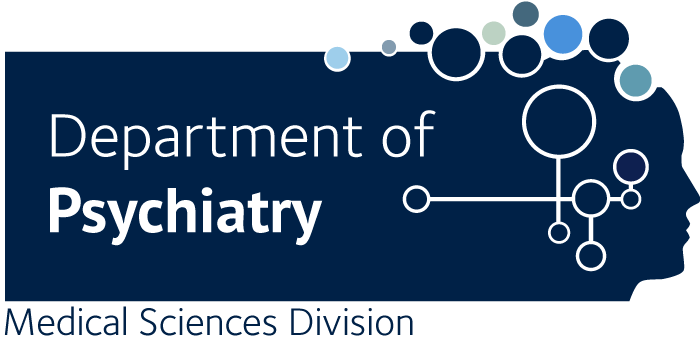Genetic variants in COMT and ESR1 genes shape treatment response to raloxifene in schizophrenia-spectrum disorders.
Brand BA., Boer AJ., de Boer JN., Bozaoglu K., Morris K., Rossell S., Sommer IEC.
BACKGROUND/OBJECTIVE: Raloxifene, a selective estrogen receptor modulator (SERM), may improve symptoms and cognition in schizophrenia spectrum disorders (SSD). Studies have shown inconsistent efficacy, especially in men with SSD. We assessed whether single nucleotide polymorphisms (SNPs) on genes involved in the pharmacodynamics (ESR1 and COMT) and pharmacokinetics (UGT1A8) of raloxifene can explain the heterogeneous treatment response to raloxifene augmentation in patients with SSD. METHODS: We used a subsample of the participants of a previously published randomized controlled trial (RCT) on the effects of 12-week raloxifene augmentation on symptom severity in SSD. The subsample consisted of 83 participants (28 % female), of which 40 were randomized to receive raloxifene 120 mg/day and 43 to placebo. Saliva samples for DNA-analysis were collected at baseline, symptom severity was measured with the Positive and Negative Syndrome Scale (PANSS). Participants were genotyped for two SNPs on ESR1, one on UGT1A8, and four on COMT using the Agena MassArray system. Linear mixed-effect models were used to assess the effect of treatment-by-genotype as the primary analysis and treatment-by-genotype-by-sex as a secondary analysis. RESULTS: We found interactions of treatment-by-genotype for ESR1 rs2234693 (χ2 = 6.32, p

